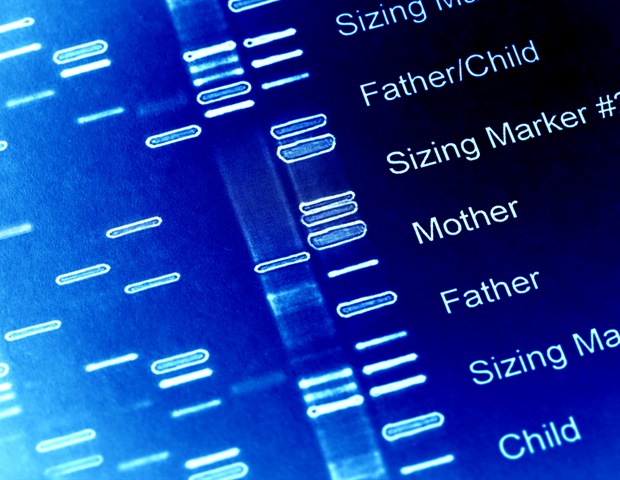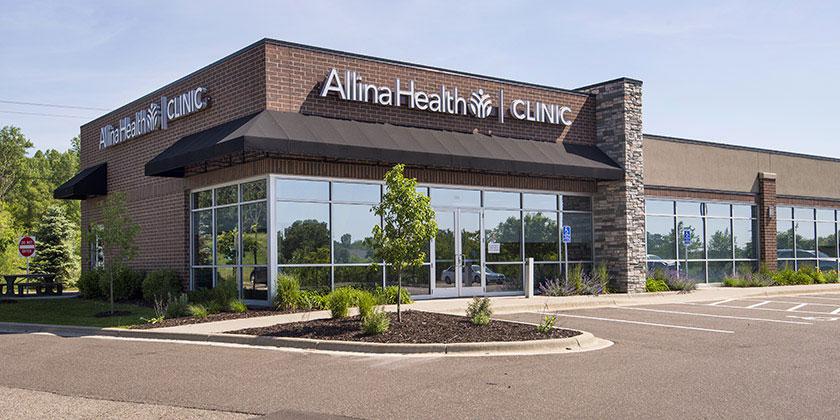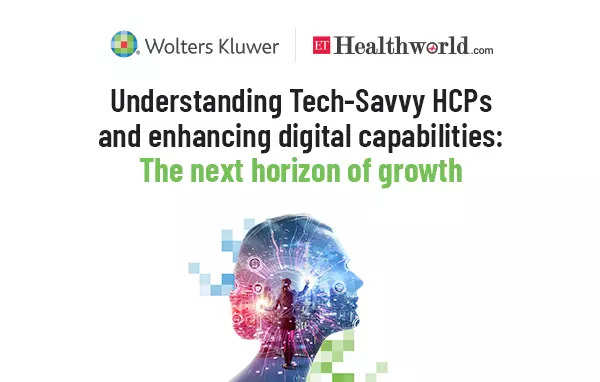Younger young children and new child mice can naturally heal injury to the bones that shape the highest of the cranium, however this skill is misplaced in adults. In a brand new learn about printed in Complaints of the Nationwide Academy of Sciences, College of Pittsburgh researchers advanced a singular technique that promoted bone regeneration in mice with out implantation of bone tissue or biomaterials.
The method makes use of a tool very similar to an orthodontic cord used to realign enamel to rigorously stretch the cranium alongside its sutures, activating skeletal stem cells that live in those wiggly seams. In grownup mice, the method repaired injury to the cranium that in a different way wouldn’t have healed by itself.
Our technique is encouraged via young children as a result of they have got a terrific skill to regenerate bone defects within the calvarial bones that make up the highest of the cranium. By means of harnessing the frame’s personal therapeutic capability with autotherapies, we will stimulate bone to heal itself. We are hoping to construct in this analysis at some point to broaden novel treatments for other people.”
Giuseppe Intini, D.D.S., Ph.D., senior creator, affiliate professor of periodontics and preventive dentistry on the Pitt Faculty of Dental Medication, member of the McGowan Institute for Regenerative Medication and an investigator at UPMC Hillman Most cancers Middle
Trauma, congenital defects and surgical procedure to regard most cancers or different sicknesses are not unusual reasons of wear to the cranium. After other people succeed in the age of about 2 years, such accidents do not heal on their very own.
“In young children, the calvarial bones don’t seem to be utterly fused, so the sutures the place stem cells live are nonetheless open,” stated Intini. “We questioned whether or not the unfused sutures had one thing to do with the bone regenerative capability seen in young children and hypothesized that lets opposite engineer this in adults via routinely opening the sutures to turn on the stem mobile area of interest and spice up stem mobile numbers.”
In mice -; that have very identical cranium building to people -; the researchers used a so-called bone distraction instrument to rigorously practice a managed pulling pressure to the calvarial bones, robust sufficient to fairly widen the sutures however now not sufficient to reason a fracture. The use of single-cell RNA sequencing and live-imaging microscopy, they discovered that the collection of stem cells within the expanded sutures of those animals quadrupled.
Consequently, mice handled with the instrument regenerated bone to heal a big defect within the cranium.
“If you’ll successfully turn on the stem mobile area of interest, you’ll building up the collection of stem cells and maintain regeneration of bone defects,” stated Intini. “Remarkably, we confirmed that the defect can heal even though it is clear of the suture.”
Even if the technique used to be efficient in therapeutic skeletally mature 2-month-old mice, the age that more or less interprets to younger maturity in people, it didn’t paintings in 10-month-old, or middle-aged, rodents.
“In older mice, the amount of stem cells in calvarial sutures may be very low, so increasing this area of interest isn’t as efficient in boosting therapeutic capability,” Intini defined. “Overcoming this problem is a focal point of study to come back.”
Present remedies for injury to the cranium are typically bone grafts or implantation of biomaterials that act as scaffolds for bone regeneration, however those approaches don’t seem to be all the time efficient and include dangers, stated Intini.
The researchers are investigating how their findings may well be used to tell novel treatments in other people, now not simply to heal cranium accidents but in addition fractures in lengthy bones such because the femur. Bone distraction units are already used to regard positive stipulations akin to a delivery defect known as craniosynostosis, through which the calvarial bones fuse too early, so increasing this strategy to advertise bone regeneration generally is a long term center of attention of scientific trials.
Intini and his staff also are investigating non-mechanical approaches to turn on skeletal stem cells akin to drugs.
Different authors who contributed to the learn about have been Zahra A. Aldawood, D.M.Sc, of the Harvard Faculty of Dental Medication and Imam Abdulrahman Bin Faisal College; Luigi Mancinelli, Ph.D., Xuehui Geng, M.D., M.S., Taiana C. Leite, D.D.S., M.S., and Roberta Di Carlo, Ph.D., all of Pitt; Shu-Chi A. Yeh, Ph.D., and Charles P. Lin, Ph.D., either one of Massachusetts Common Health facility; Jonas Gustafson, of Seattle Kids’s Analysis Institute; Katarzyna Wilk, M.S., Joseph Yozgatian, D.D.S., M.M.Sc., Ph.D., Sasan Garakani, D.D.S., and Seyed Hossein Bassir, D.D.S., D.M.Sc., of the Harvard Faculty of Dental Medication; and Michael L. Cunningham, M.D., Ph.D., of the Seattle Kids’s Analysis Institute and the College of Washington.
This analysis used to be supported via the Nationwide Institutes of Well being’s Nationwide Institute of Dental and Craniofacial Analysis (grants #R00DE021069 and #R01DE026155).
Supply:
Magazine reference:
Zahra Aldawood, et al. (2023). Enlargement of the sagittal suture induces proliferation of skeletal stem cells and sustains endogenous calvarial bone regeneration. Complaints of the Nationwide Academy of Sciences. doi.org/10.1073/pnas.2120826120.
Supply By means of https://www.news-medical.internet/information/20230420/Novel-approach-promotes-bone-regeneration-in-mice-without-implantation.aspx

















